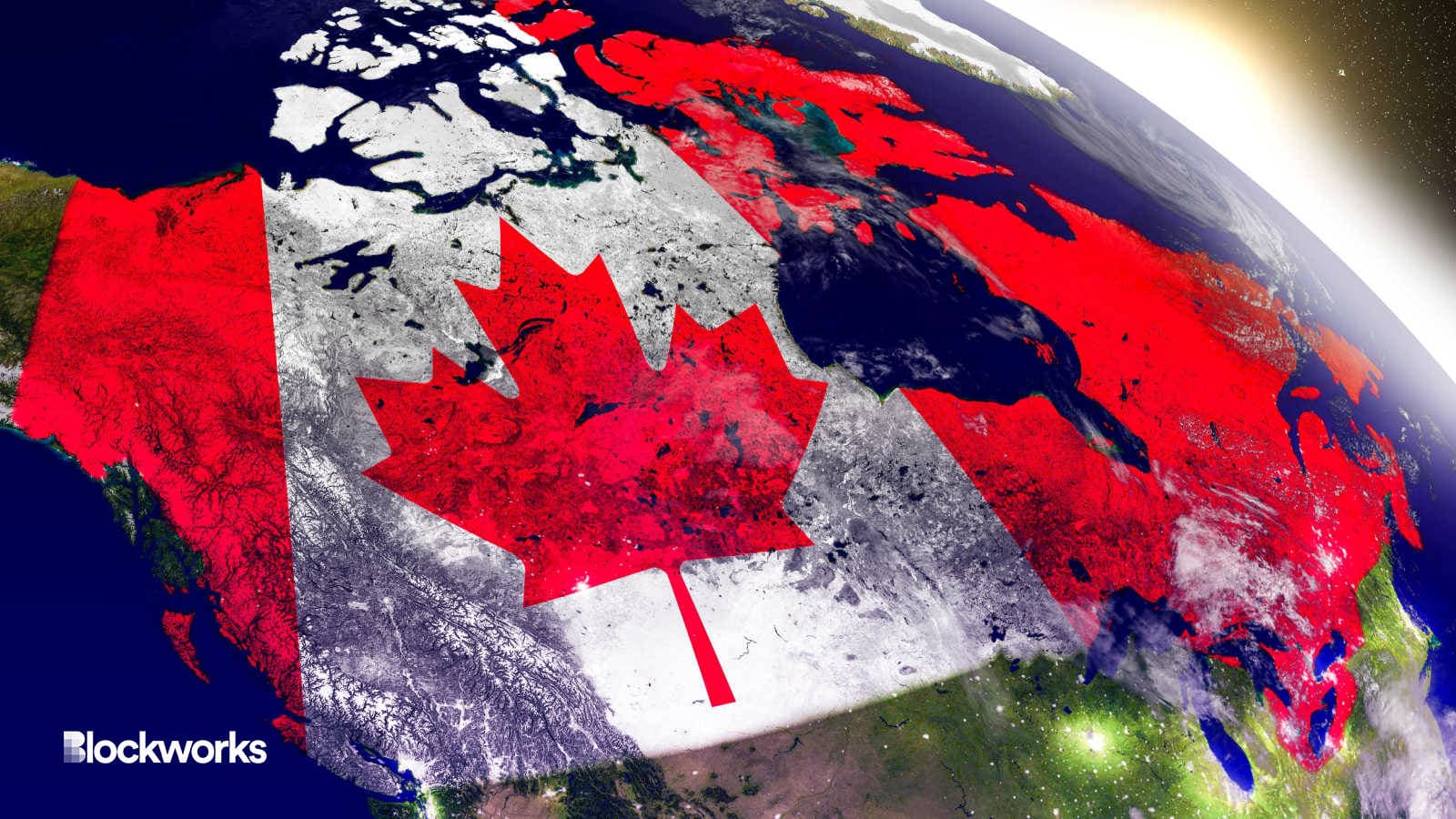Canada Bans Crypto Leverage, Exchanges Must Segregate User Funds
Securities regulators in Canada are moving to clamp down on crypto exchanges operating locally, and stablecoins could be under threat

Harvepino/Shutterstock.com modified by Blockworks
Crypto exchanges operating in Canada must segregate user funds from operational cash and stop offering leverage to margin traders moving forward.
That’s according to fresh guidelines set by the Canadian Securities Administrators (CSA), an umbrella organization for securities regulators across the region.
Crypto trading platforms will also be required to hold Canada-based users’ assets with an “appropriate” qualified custodian, the CSA said in a Monday statement. Custodians are considered qualified if they’re regulated in Canada, the US or similar jurisdiction.
“Following recent events in the crypto market, the CSA is strengthening its approach to oversight of crypto trading platforms by expanding existing requirements for platforms operating in Canada,” the organization said.
Margin crypto trading will be prohibited to all Canada-based traders, including institutional clients and organizations. Singapore is mulling a similar move for retail investors.
Canada’s new restrictions come around one month after Sam Bankman-Fried’s FTX exchange began unraveling, leading to its bankruptcy.
New FTX CEO John J. Ray testified before Congress on Monday that FTX had commingled user assets with sister trading firm Alameda Research in a bid to generate additional revenue for itself.
CSA regulators also warned crypto exchanges not to facilitate any cryptocurrency that may be considered a security — a designation which the regulators say could include stablecoins.
“The CSA is of the view that stablecoins, or stablecoin arrangements, may constitute securities and/or derivatives,” the group said. Crypto exchanges must have established policies and procedures to determine whether the digital assets they list are securities or derivatives.
It is unclear exactly when the new provisions will take effect, though platforms can expect to be contacted individually to discuss the changes. The CSA did not immediately respond to a request for comment.
Jacob Robinson, lawyer at Canadian law firm McCarthy Tétrault, tweeted that the new rules may have a large impact on local crypto exchanges.
“This categorization could lead to a major delisting of [stablecoins] on Canadian exchanges,” Robinson said. “Closest to a definitive statement we’ve seen [regarding] stablecoins as securities/derivatives.”
Last September, the Ontario Securities Commission (OSC), Canada’s largest financial regulator, outright banned trading platforms operating locally from touching leading stablecoin tether — although it hasn’t explicitly stated whether it deems USDT a security.
Get the news in your inbox. Explore Blockworks newsletters:
- The Breakdown: Decoding crypto and the markets. Daily.
- 0xResearch: Alpha in your inbox. Think like an analyst.






